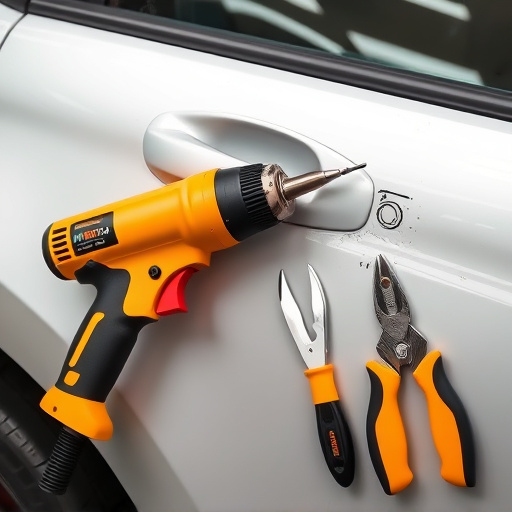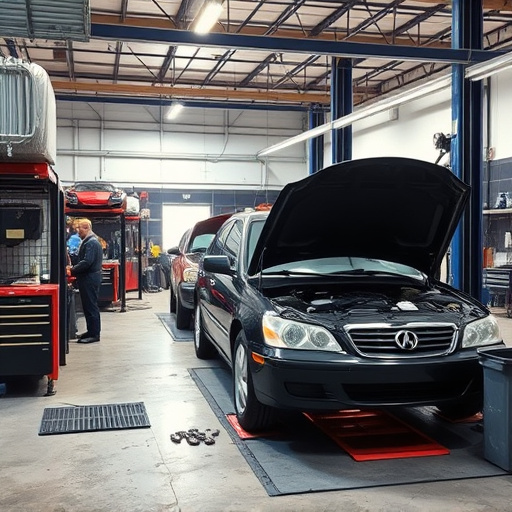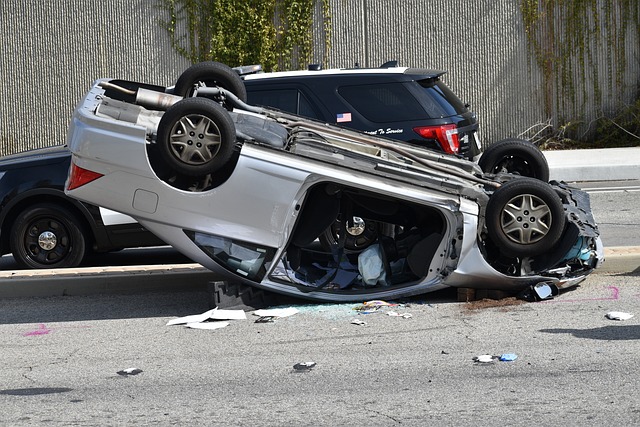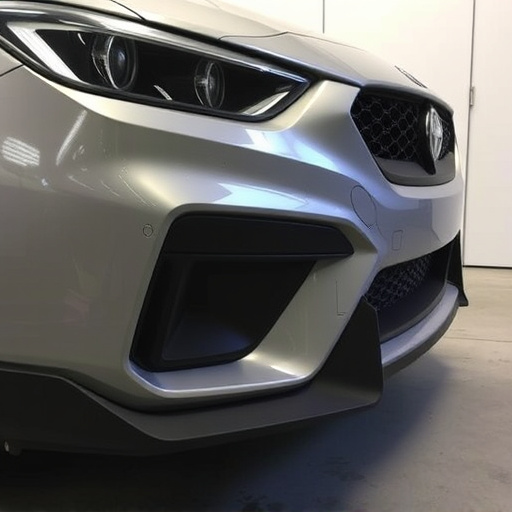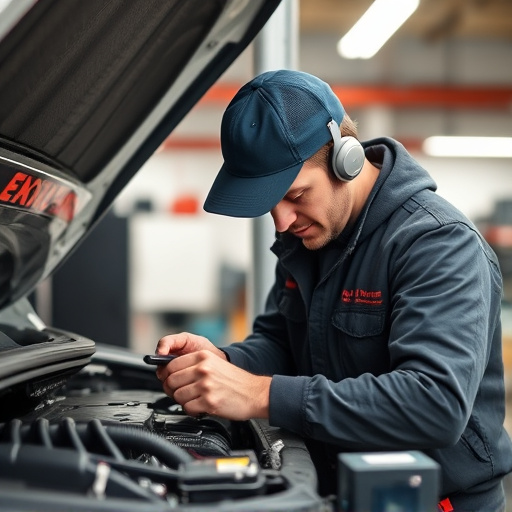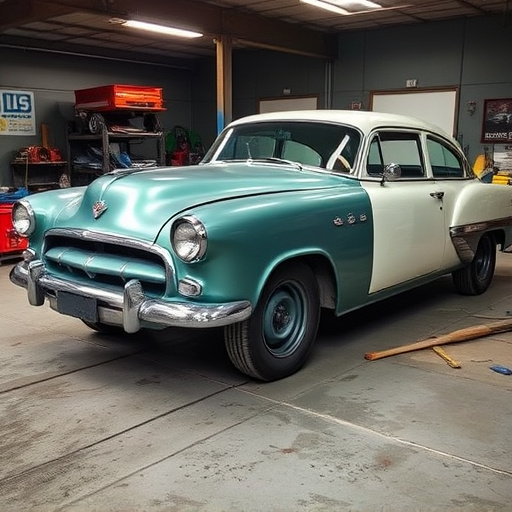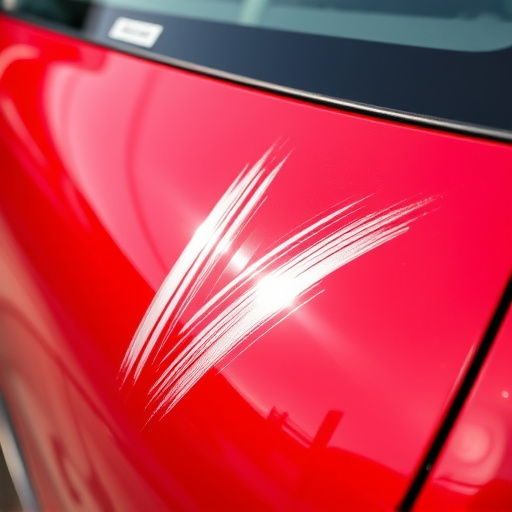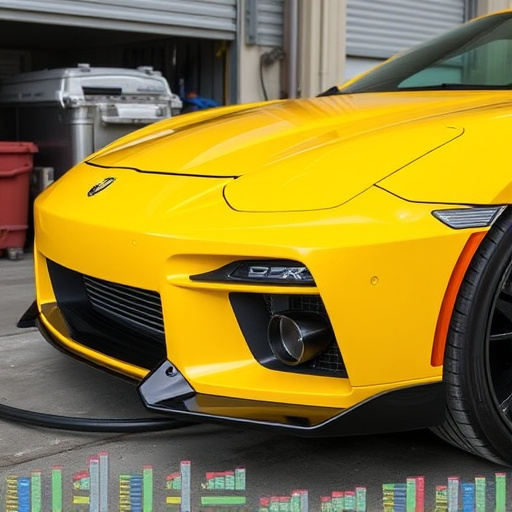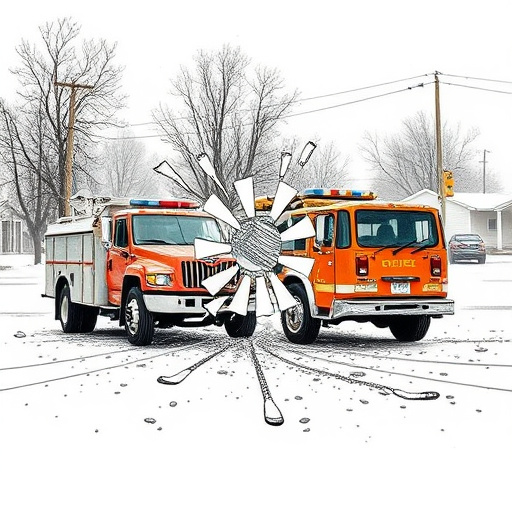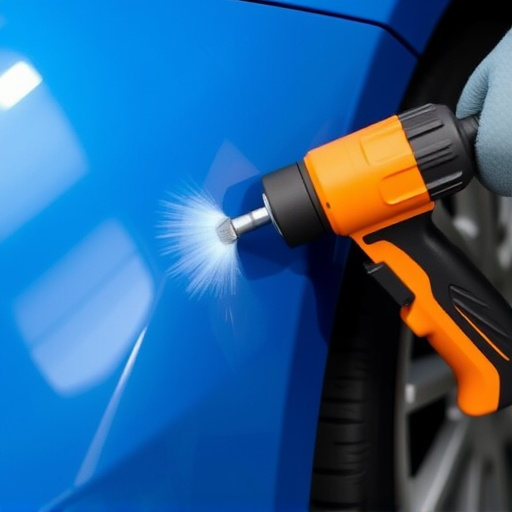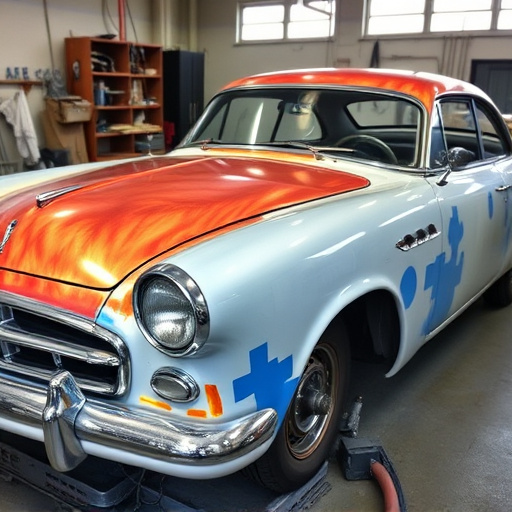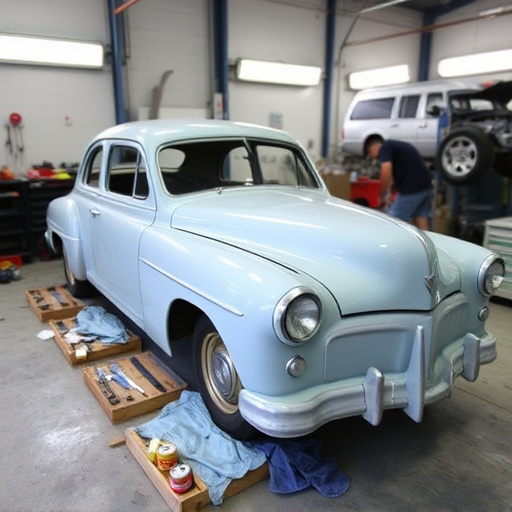Panel alignment procedures are crucial for efficient car damage repair, ensuring structural integrity and minimizing turnaround times. Skilled technicians use advanced tools to precisely realign exterior panels like doors, fenders, and hoods, streamlining collision repair processes and enhancing customer satisfaction by delivering high-quality finishes.
Panel alignment procedures are crucial for efficient vehicle repairs, significantly impacting turnaround times. This article delves into the intricacies of these processes, offering insights into their role in modern automotive workshops. We explore how a deep understanding of panel alignment can optimize repair workflows, reduce misalignments, and ultimately shorten customer wait times. By implementing strategic approaches, garages can enhance productivity, ensuring faster and more accurate vehicle restoration.
- Understanding Panel Alignment Procedures
- Impact on Repair Time Frames
- Strategies to Optimize Efficiency
Understanding Panel Alignment Procedures
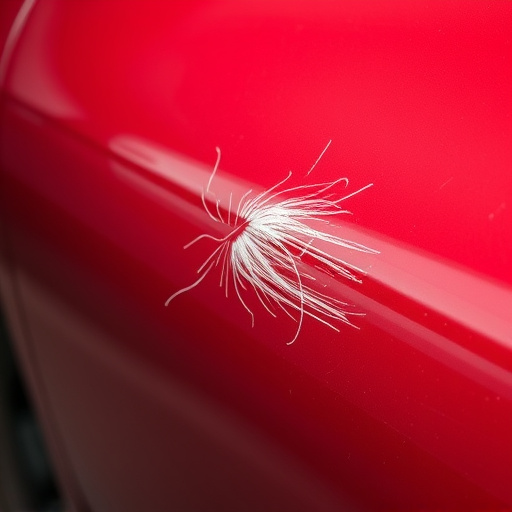
Panel alignment procedures are crucial steps in the car damage repair process, ensuring that a vehicle’s exterior surfaces are restored to their original state after any incident or collision. These procedures involve meticulous adjustments and realignments of various panels, such as doors, fenders, and hoods, to match the exact specifications of the manufacturer. By implementing these techniques, automotive repair experts can effectively mitigate visible imperfections, including gaps or misalignments, that might have occurred during the initial impact.
In a vehicle body shop, skilled technicians employ specialized tools and equipment to accomplish panel alignment. This meticulous work requires precision and an understanding of how different components interact with each other. The goal is not just to make the exterior look good but also to ensure structural integrity and safety standards are maintained throughout the automotive repair process.
Impact on Repair Time Frames
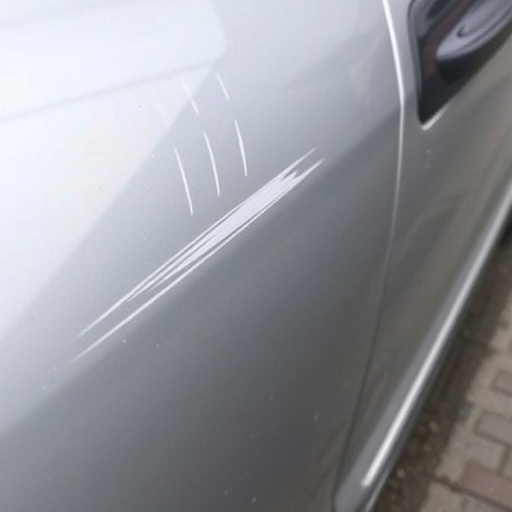
The precision and efficiency of panel alignment procedures play a pivotal role in determining the overall repair time frames for vehicles suffering from dents or damage. These processes, which involve carefully realigning and repairing vehicle panels, are critical steps in the collision repair shop’s workflow. Skilled technicians use advanced tools to ensure that components like doors, fenders, and bumpers are precisely restored to their original specifications.
By accurately aligning panels, dent removal experts can minimize the need for additional body work, thereby significantly reducing repair times. Efficient panel alignment not only expedites the process but also ensures structural integrity, leading to a higher quality finish in the final vehicle dent repair. This, in turn, enhances customer satisfaction and contributes to a more streamlined operation within collision repair shops.
Strategies to Optimize Efficiency

Optimizing efficiency is a key aspect of streamlining automotive repair processes, particularly when it comes to panel alignment procedures. Implementing strategic approaches can significantly reduce repair timeframes and enhance overall productivity in car bodywork services. One effective strategy involves utilizing advanced tools and equipment designed for precise panel alignment. These technologies ensure minimal adjustments, accelerating the entire process.
Additionally, efficient communication among technicians plays a vital role. Well-coordinated teams can work simultaneously on different aspects of the repair, minimizing downtime and maximizing output. Regular training sessions focused on panel alignment best practices further contribute to faster turnaround times in automotive repair, ensuring customer satisfaction with timely tire services and comprehensive car bodywork solutions.
Panel alignment procedures play a pivotal role in determining repair time frames, significantly impacting overall efficiency. By understanding these processes and implementing strategies to optimize them, repair teams can streamline their workflows, reduce turnaround times, and enhance customer satisfaction. Leveraging best practices in panel alignment ensures that repairs are not just completed but accomplished promptly, making it an essential aspect of any successful repair operation.
